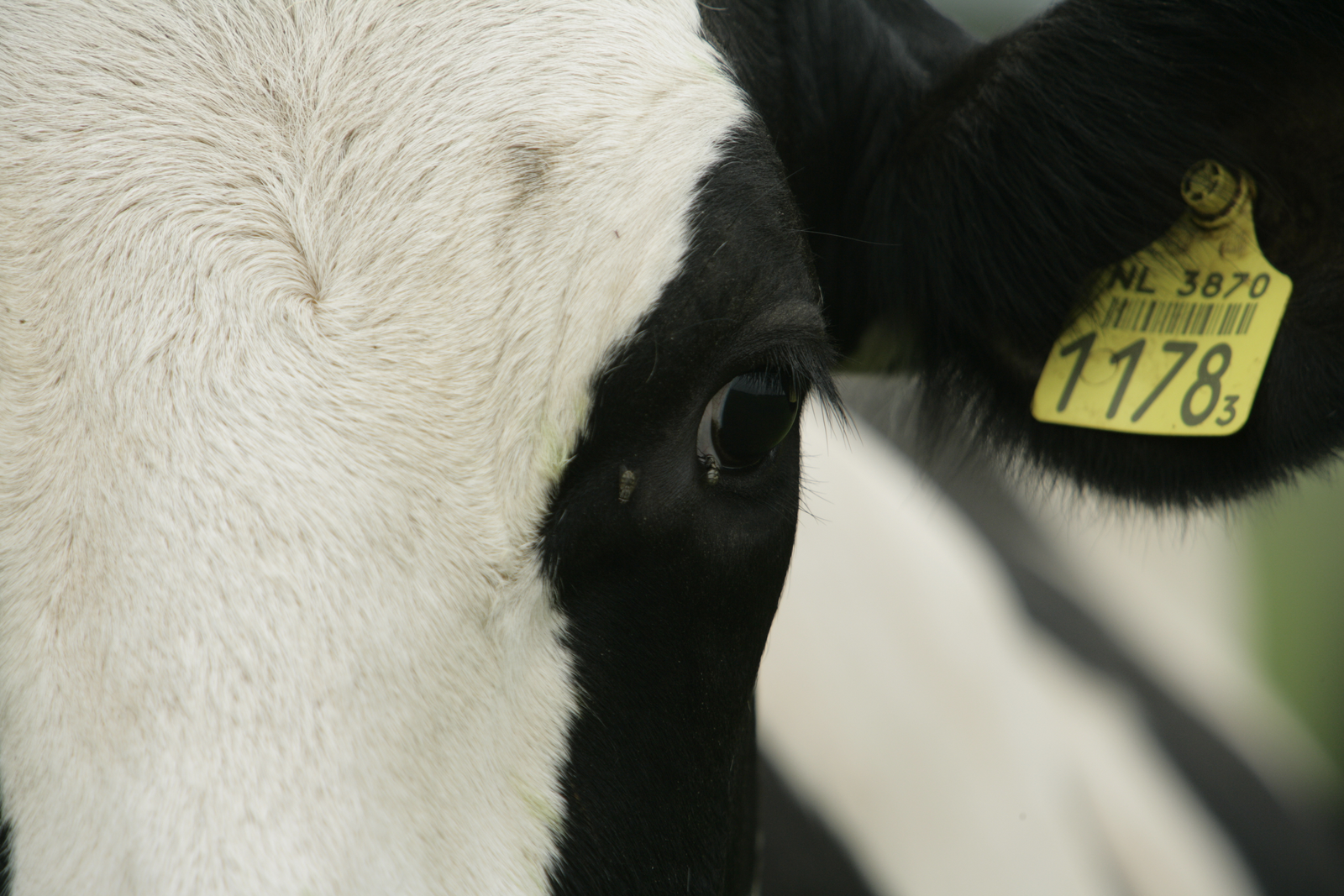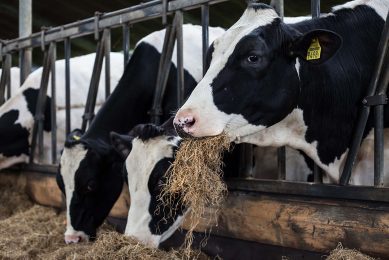Metastudy on diet impact on ammonia emissions

A recent (meta)study has compiled and analysed data from 25 previous studies to get a better understanding on the factors that influence ammonia emissions in dairy barns.
Dairy farms are one of the major sources of ammonia emissions. The US Environmental Protection Agency estimated that dairy farms contributed more than 20% of the ammonia emitted from animal husbandry operations in 2015. High levels of ammonia can be a threat to animals. Ammonia is also linked to the respiratory problems in humans. In the environment, ammonia can damage terrestrial and aquatic ecosystems.
Key information for farmers
A research team from the Netherlands and the US therefore looked at 25 previous studies on this topic to figure out which factors influence ammonia emissions in dairy barns and to, ultimately, lower the amount of ammonia being released from dairy facilities. “Our work is important because it provides key information to farmers and farm advisers about potential ways to lower ammonia emissions,” says Adeline Bougouin, lead author of the study. Bougouin was a researcher at Wageningen University in The Netherlands and is now working at the French National Institute for Agricultural Research.
Also interesting: A small molecule, called 3-nitrooxypropanol, can reduce methane
N is not broken down efficiently
Looking at the several studies, the researchers confirmed that both environmental factors and nutritional aspects significantly influence ammonia emissions from dairy barns. “Some of the factors influencing ammonia emission—such as seasons—are beyond a farmer’s control. Others, however, are not. Take, for instance, the amount of crude protein in the animals’ diet. Crude protein is a measurement of the total amount of nitrogen in feed,” says Bougouin. Turns out, nitrogen in the diet is not broken down efficiently by cattle. It is excreted as urea, mostly through urine. When urine and faeces mix, the urea is rapidly converted into ammonia, which is then released into the atmosphere.
Also interesting: Cow methane reduced by oregano
Reducing crude protein
Bougouin found that reducing the amount of crude protein slightly in a dairy cow’s diet reduced the amount of nitrogen in manure and urea in urine. And it did not affect milk yield. Reducing excess nitrogen in the diet could be an effective strategy to reduce ammonia emissions without affecting a farm’s bottom line. Other factors that influence the amount of ammonia being released from dairy barns include the type of flooring system used in it, the amount of dry matter in dairy cattle feed, and milk yield per cow.
Effect of manure storage
The findings come with some caveats. “The emission rates we describe in the study may not represent whole-farm ammonia losses,” says Bougouin. Emissions can also occur during manure storage or during composting and field application. “We will need to study whole-farm ammonia losses,” says Bougouin. “Then we can better understand how various systems in farms contribute to total ammonia emissions.”
The study has been published in the Journal of Environmental Quality. The USDA and University of California-Davis funded the research.
Source: The American Society of Agronomy (ASA)
 Beheer
Beheer









 WP Admin
WP Admin  Bewerk bericht
Bewerk bericht